In a whirling geopolitical landscape of new nuclear weapons, hypersonic weapons, drones and satellites, the U.S. is hustling to test new kinds of radars aimed at detecting evolving threats. Many of these tests take place in a simulated research environment created at Sandia National Laboratories.
Tag: Simulation
Supporting the Future of Mars Exploration with Supercomputers
You may have flown a flight simulator in a computer game or at a science museum. Landing without crashing is always the hardest part. But that’s nothing compared to the challenge that engineers are facing to develop a flight simulation of the very large vehicles necessary for humans to explore the surface of Mars. The Red Planet poses innumerable challenges to astronauts, not the least of which is getting there. That’s where the Department of Energy Office of Science’s user facility supercomputers come in. Researchers at DOE’s Oak Ridge Leadership Computing Facility (OLCF) are working with NASA engineers and scientists to simulate the process of slowing down a huge spacecraft as it moves towards Mars’ surface.
Virtual Reality Simulation Improves PICU Nurses’ Recognition of Impending Respiratory Failure
Cincinnati Children’s Hospital Medical Center used virtual reality training to teach clinical assessment skills and improve novice nurses’ recognition of pediatric respiratory distress. Months later, nurses in the VR group were significantly more likely to correctly recognize impending respiratory failure, identify respiratory distress without impending respiratory failure, and recognize altered mental status.
New realistic computer model will help robots collect Moon dust
A new computer model mimics Moon dust so well that it could lead to smoother and safer Lunar robot teleoperations.
Learning from the undead: Simulating zombie plagues in Finland could help slow down next pandemic
Researchers at Aalto University are investigating how a zombie plague would spread through Finland. It’s a light-hearted project, but it offers serious insights into global challenges, such as containing a pandemic or coping with disinformation.
REBURN: A new tool to model wildfires in the Pacific Northwest and beyond
A new tool, REBURN, can simulate large forest landscapes and wildfire dynamics over decades or centuries under different wildfire management strategies.
Department of Energy Announces $16 Million for Research on Artificial Intelligence and Machine Learning (AI/ML) for Nuclear Physics Accelerators and Detectors
Today, the U.S. Department of Energy (DOE) announced $16 million for fifteen projects that will implement artificial intelligence methods to accelerate scientific discovery in nuclear physics research.
NurseSims Kit: A Medical Procedure Training Kit for Nursing Students by Chulalongkorn University’s Faculty of Education
A lecturer at the Faculty of Education, Chulalongkorn University recently developed the “NurseSims Kit,” an innovative simulation learning kit to train nursing students in performing medical procedures, enhancing their professional competency and digital intelligence.
How to Shelter from a Nuclear Explosion
In Physics of Fluids, researchers simulate an atomic bomb explosion from a typical intercontinental ballistic missile and the resulting blast wave to see how it would affect people sheltering indoors.
Climate Warming, Water Management Impacts on West Florida’s Continental Shelf
FAU’s Harbor Branch Oceanographic Institute and collaborator conducted a study that provides an assessment of the potential effects of climate warming and water management of the West Florida Shelf dynamics during two particular events that affect its hydrology through the lens of a very high-resolution model.
Pain in the Neck? New Surgical Method Could be Game-changing
Anterior cervical discectomy and fusion is widely used to treat spinal disorders. The fusion involves placing a bone graft or “cage” and/or implants where the surgically removed damaged disc was originally located to stabilize and strengthen the area. The risk factors for cage migration are multifactorial and include patient, radiological characteristics, surgical techniques and postoperative factors. A study is the first to evaluate the effect of the range of motion, cage migration and penetration using variable angle screws and cervical spine models. The plate developed and tested by the researchers provided directional stability and excellent fusion, showing promising clinical outcomes for patients with degenerative cervical spine disease.
Melting ice caps may not shut down ocean current
Most simulations of our climate’s future may be overly sensitive to Arctic ice melt as a cause of abrupt changes in ocean circulation, according to new research led by scientists at the University of Wisconsin–Madison. Climate scientists count the Atlantic Meridional Overturning Circulation (or AMOC) among the biggest tipping points on the way to a planetary climate disaster.
Imaging the Chemical Fingerprints of Molecules
Experiment, theory, and simulation show basic chemical properties are imprinted in atomic force microscope images and may help ID unknown molecules.
Expert on hurricane forecasting models
With this year’s hurricane season predicted to be a busy one, URI professor of oceanography Isaac Ginis is paying close attention to the weather. Hurricane forecasting models used by the National Hurricane Center, the U.S. Navy, and other agencies are…
COVID-19 Simulation Shows Importance of Continued Safety Efforts During Vaccine Distribution
Research published by JAMA Network Open shows how non-pharmaceutical interventions (NPIs) like mask wearing and physical distancing can help prevent spikes in COVID-19 cases as populations continue to get vaccinated.
Modernizing Hydropower with Digital Twins
The Digital Twins for Hydropower framework will help the industry to affordably modernize its aging hydropower fleet.
Evacuating under dire wildfire scenarios
Climate change has made wildfires in the West catastrophic—and common disaster responses are unprepared for this new reality. A team of researchers led by the University of Utah proposed a framework for simulating dire scenarios, which the authors define as scenarios where there is less time to evacuate an area than is required.
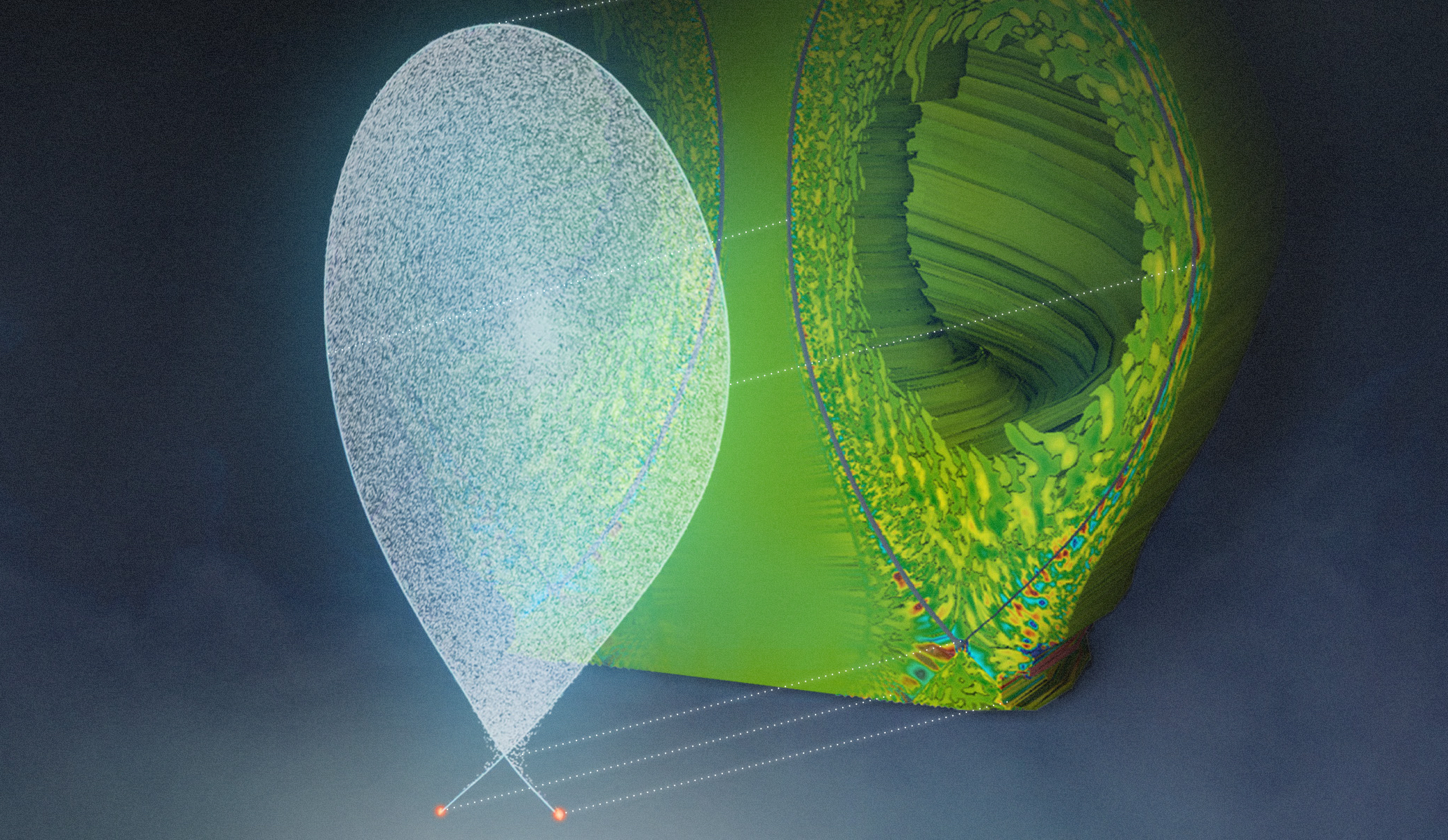
Scientists Use Supercomputers to Study Reliable Fusion Reactor Design, Operation
A team used two DOE supercomputers to complete simulations of the full-power ITER fusion device and found that the component that removes exhaust heat from ITER may be more likely to maintain its integrity than was predicted by the current trend of fusion devices.
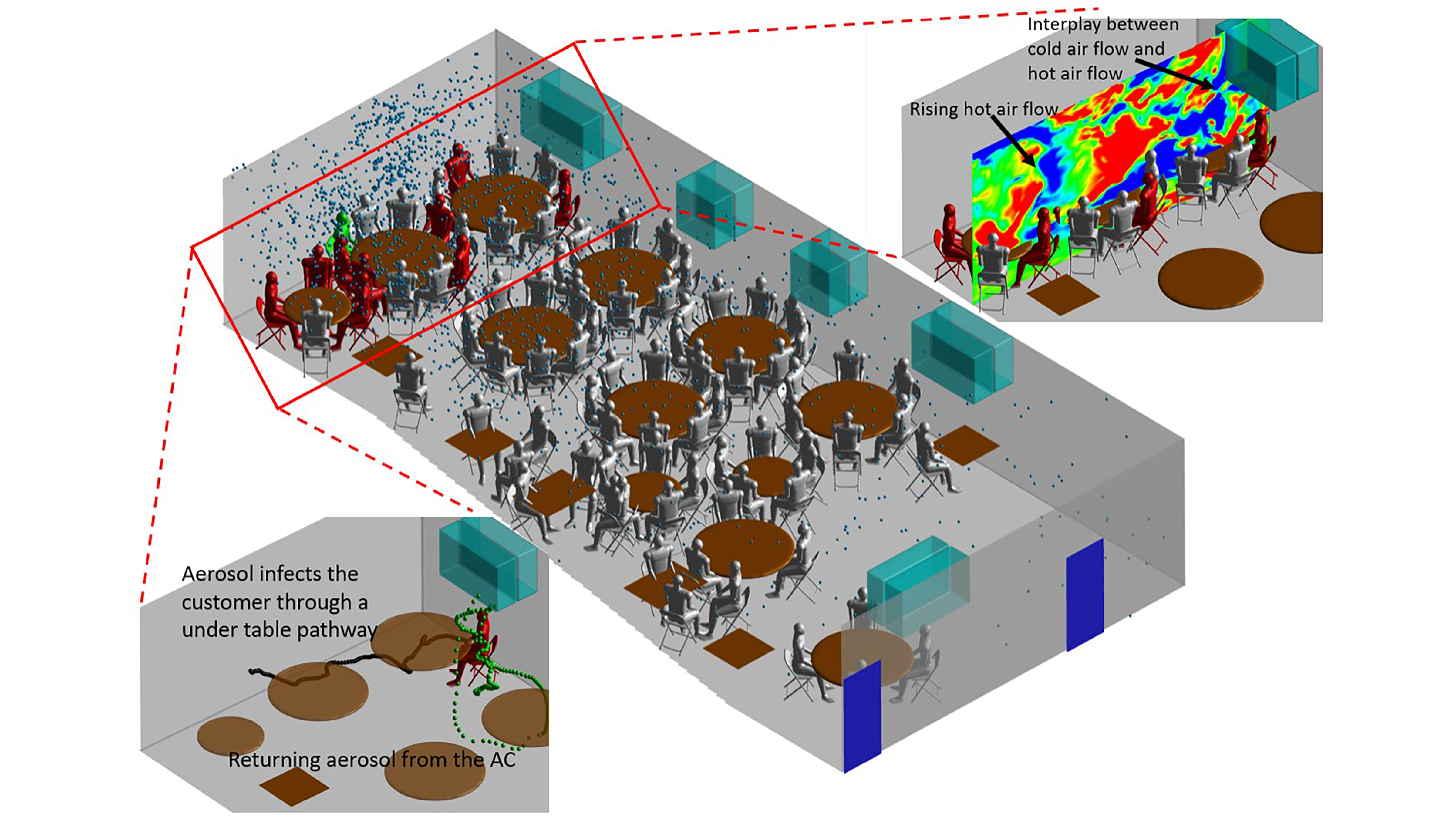
Advanced Simulations Reveal How Air Conditioning Spreads COVID-19 Aerosols
A restaurant outbreak in China was widely reported as strong evidence of airflow-induced transmission of COVID-19, but it lacked a detailed investigation about exactly how transmission occurred. In Physics of Fluids, researchers at the University of Minnesota report using advanced simulation methods to capture the complex flows that occur when the cold airflow from air conditioners interacts with the hot plume from a dining table and the transport of virus-loading particles within such flows.
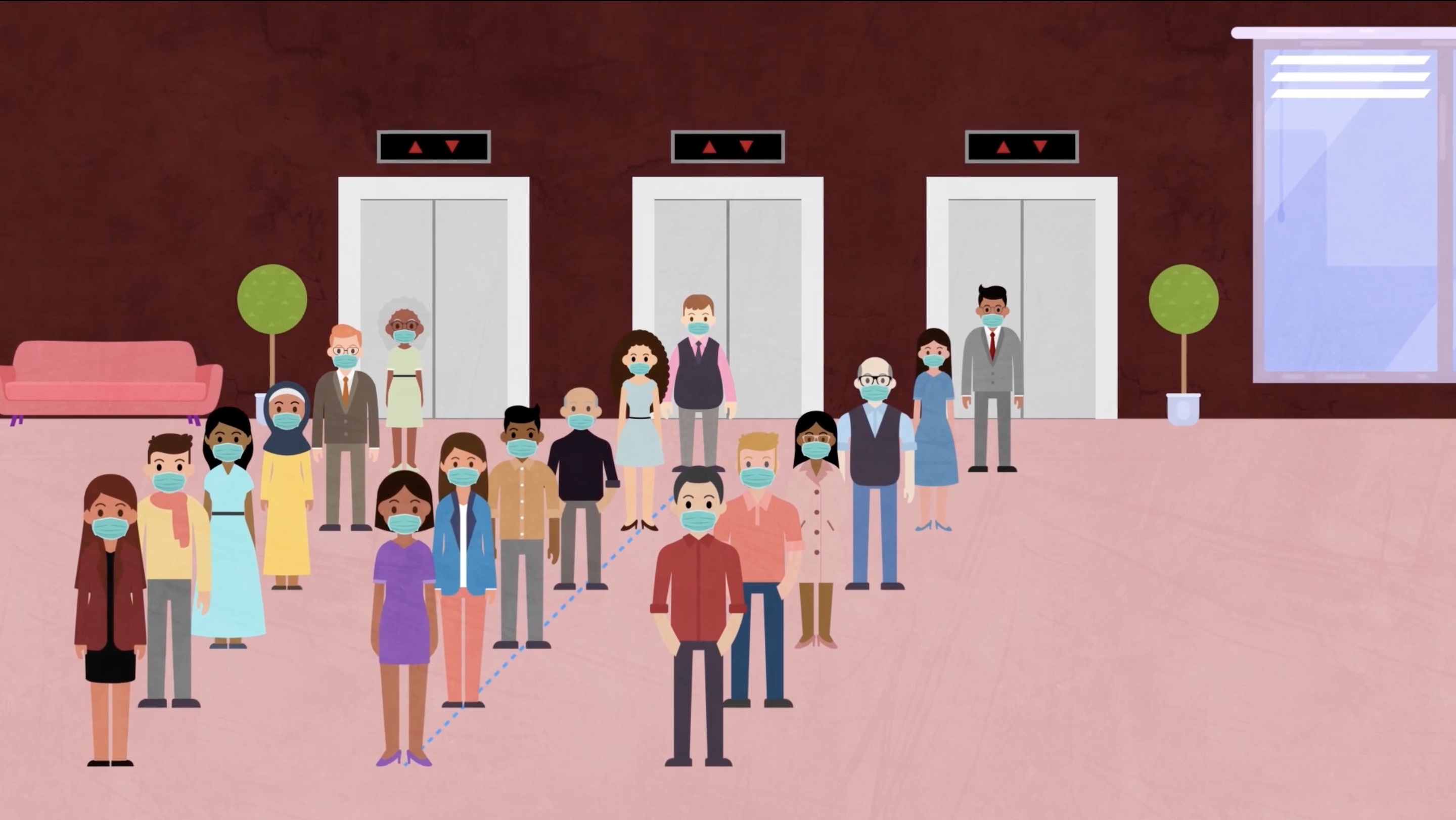
Sharing Elevators during COVID
With COVID-19 vaccines in reach, city officials, business administrators, and high-rise building managers are planning how to safely open offices as people come back to work. Columbia engineers have been exploring solutions to this problem, with real-world data and context provided by the Office of the Mayor of New York City. They used mathematical modeling and epidemiological principles to design interventions for queuing safely in elevators during a pandemic, without having to program any elevators.

Supercomputers Aid Scientists Studying the Smallest Particles in the Universe
Using the nation’s fastest supercomputer, Summit at Oak Ridge National Laboratory, a team of nuclear physicists developed a promising method for measuring quark interactions in hadrons and applied the method to simulations using quarks with close-to-physical masses.
CARES Act funds major upgrade to Corona supercomputer for COVID-19 work
With funding from the Coronavirus Aid, Relief and Economic Security (CARES) Act, Lawrence Livermore National Laboratory, chipmaker AMD and information technology company Supermicro have upgraded the supercomputing cluster Corona, providing additional resources to scientists for COVID-19 drug discovery and vaccine research
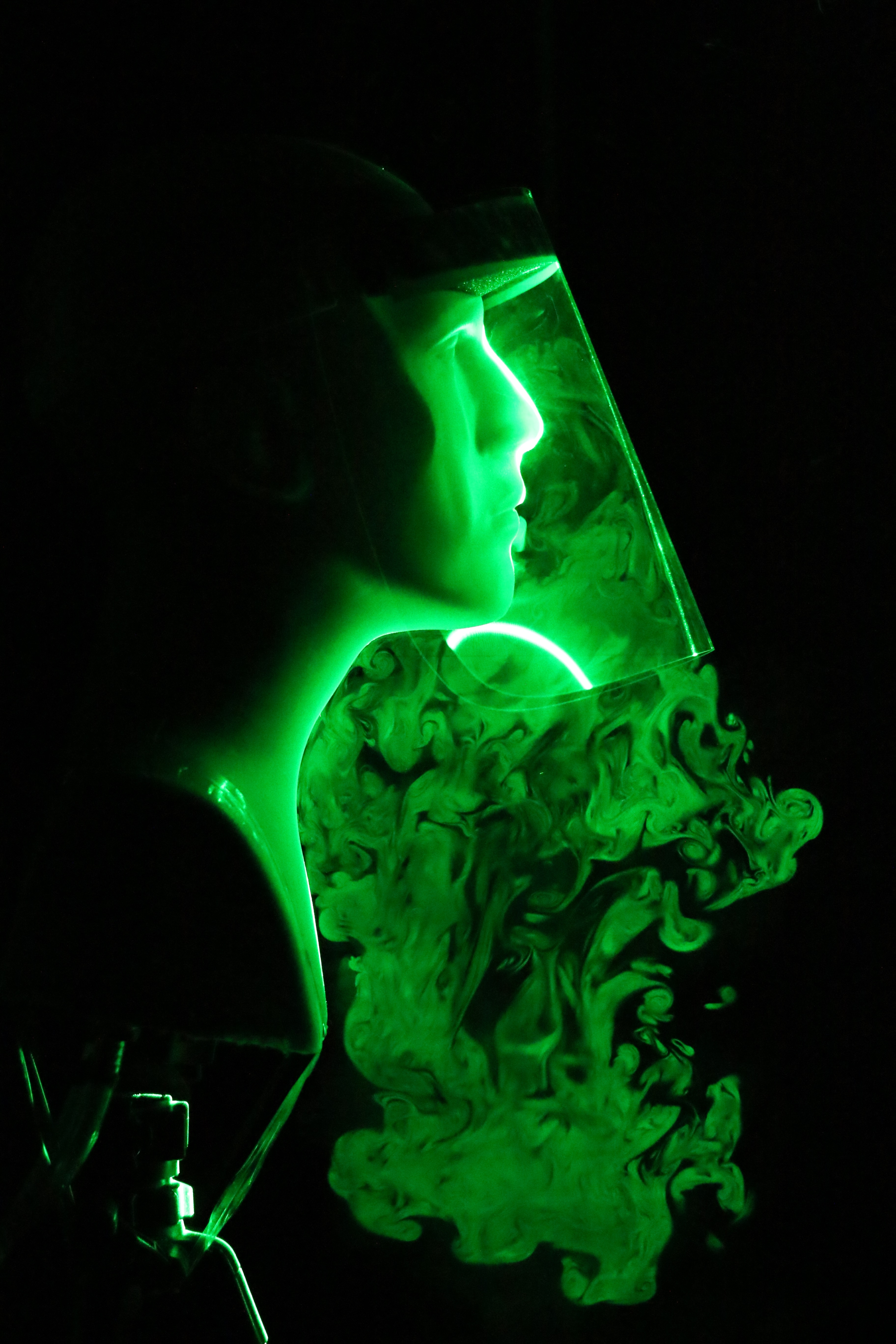
Face Shield or Face Mask to Stop the Spread of COVID-19?
If CDC guidelines aren’t enough to convince you that face shields alone shouldn’t be used to stop the spread of COVID-19, then maybe a new visualization study will. Researchers simulated coughing and sneezing from a mannequin’s mouth using a laser light to visualize droplets expelled. They tested a plastic face shield and found that they block the initial forward motion of the exhaled jet, however, aerosolized droplets are able to move around the visor with relative ease.
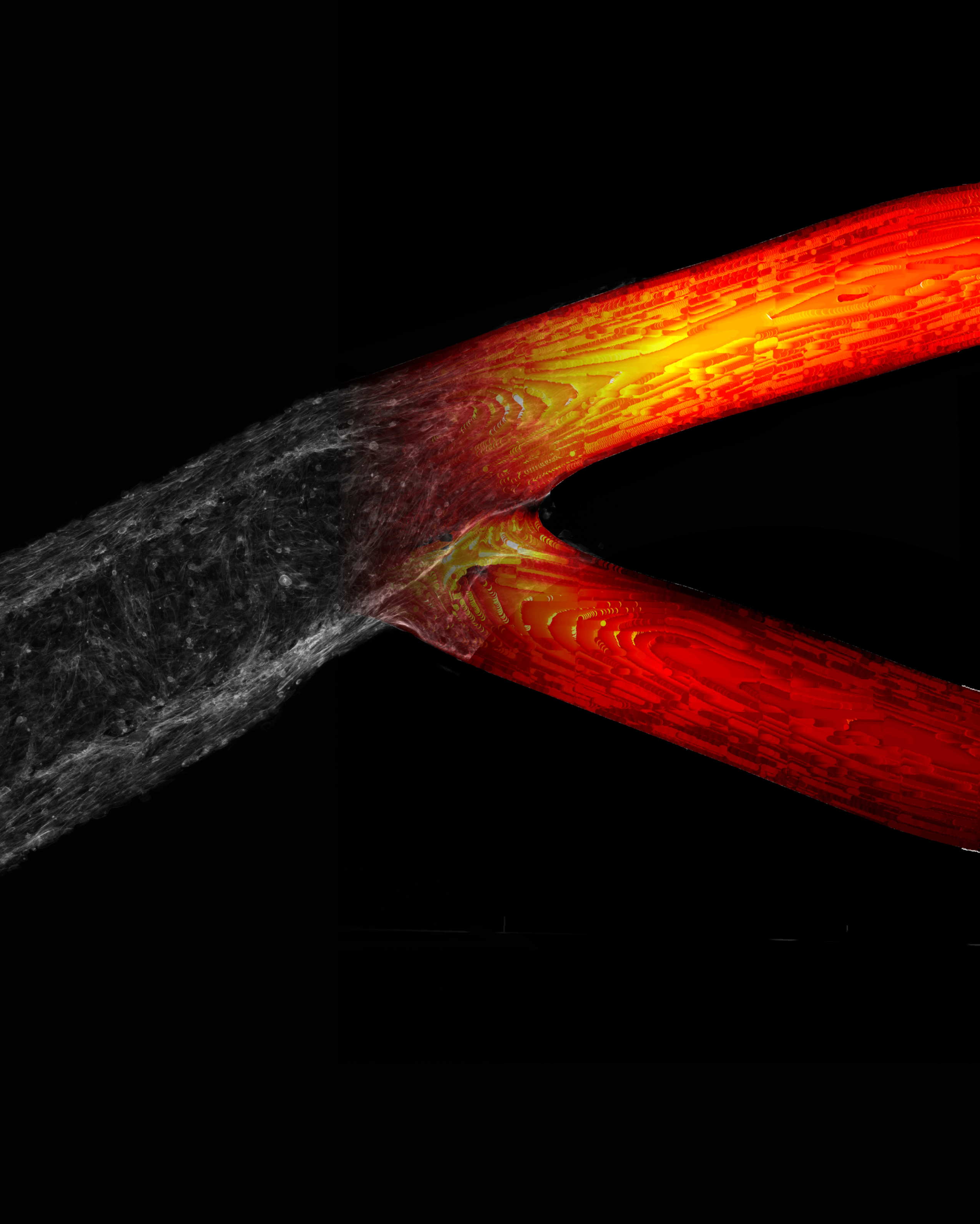
LLNL scientists pair 3D bioprinting and computer modeling to examine cancer spread in blood vessels
Lawrence Livermore National Laboratory scientists have paired 3D-printed, living human brain vasculature with advanced computational flow simulations to better understand tumor cell attachment to blood vessels, the first step in secondary tumor formation during cancer metastasis.
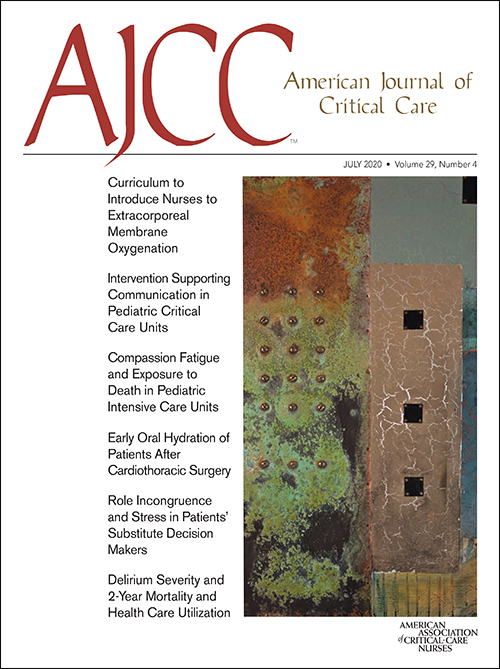
Standardized Curriculum Introduces ICU Nurses to ECMO
Vanderbilt University Medical Center designed and rapidly deployed a curriculum specifically to equip nurses new to ECMO with the knowledge, skills and confidence necessary to provide proficient and safe care for patients receiving ECMO. The pre-COVID ECMO training proved to be an effective, resource-efficient and pragmatic solution that can be used across different types of ICUs and across institutions.
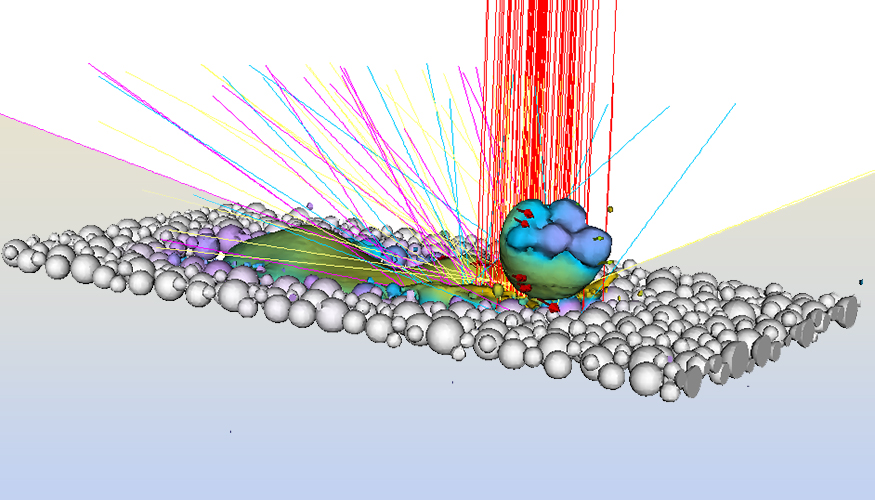
LLNL researchers devise strategy for reducing defects in popular metal 3D printing method
Combining high-fidelity computer simulations with ultra-high-speed X-ray imaging, researchers at Lawrence Livermore National Laboratory have discovered a strategy for reducing or even eliminating defects in parts built through a common, laser-based metal 3D-printing process.
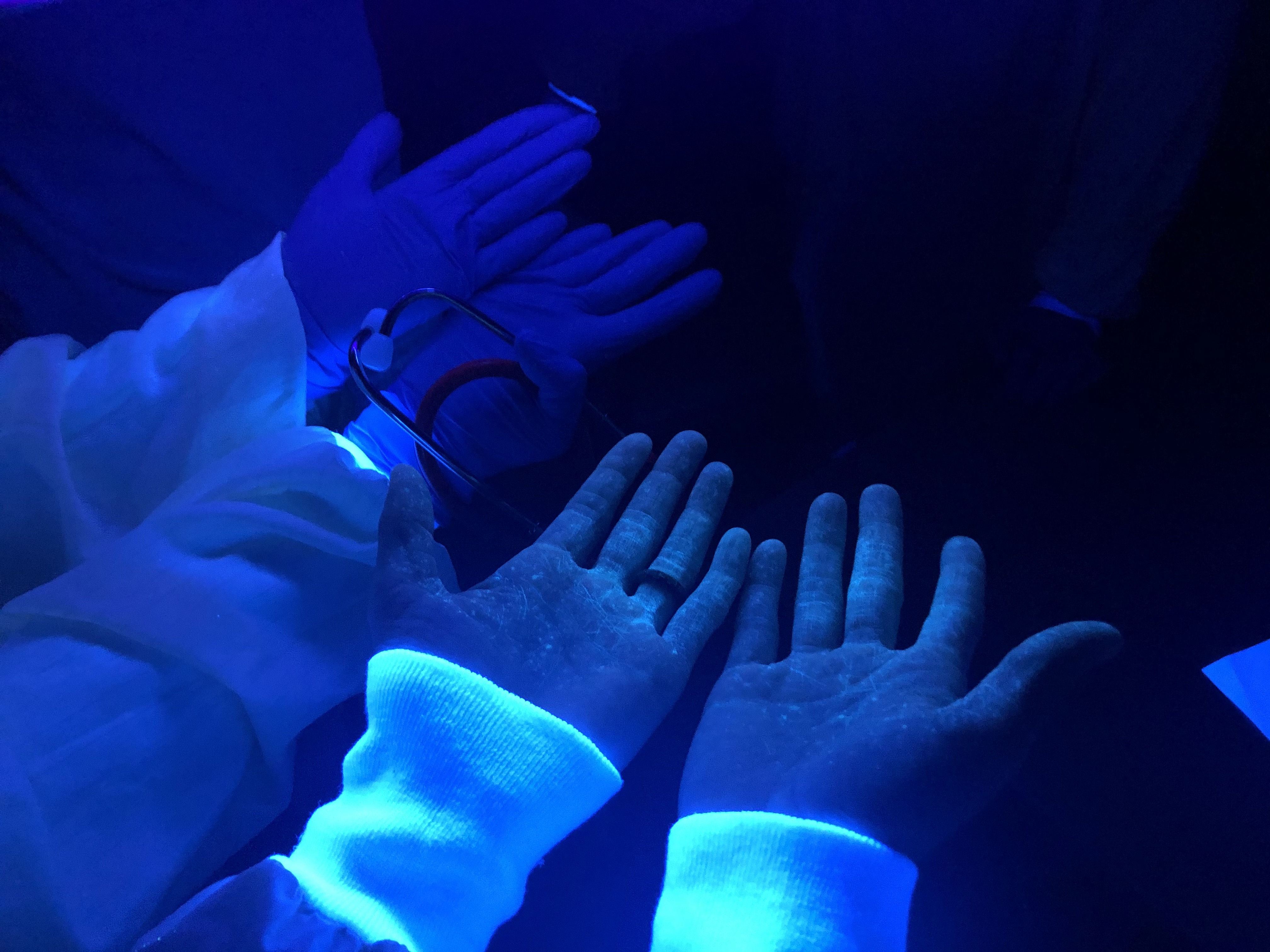
Ultraviolet Light Exposes Contagion Spread from Improper PPE Use
Despite PPE use, reports show that many health care workers contracted COVID-19. A novel training technique reinforces the importance of using proper procedures to put on and take off PPE when caring for patients during the pandemic. Researchers vividly demonstrate how aerosol-generating procedures can lead to exposure of the contagion with improper PPE use. The most common error made by the health care workers was contaminating the face or forearms during PPE removal.
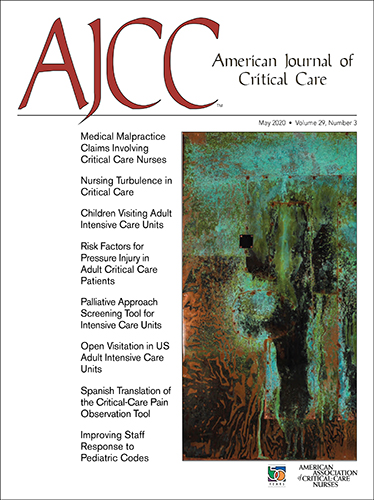
Simulation-based Training Helps Providers Prepare for Prone Position Ventilation for Patients With ARDS
An interprofessional simulation-based educational program helped Mount Sinai Hospital train nearly 90% of its medical ICU staff to care for patients in prone position, as part of its 2018 implementation of a new protocol related to prone position ventilation for patients with acute respiratory distress syndrome.
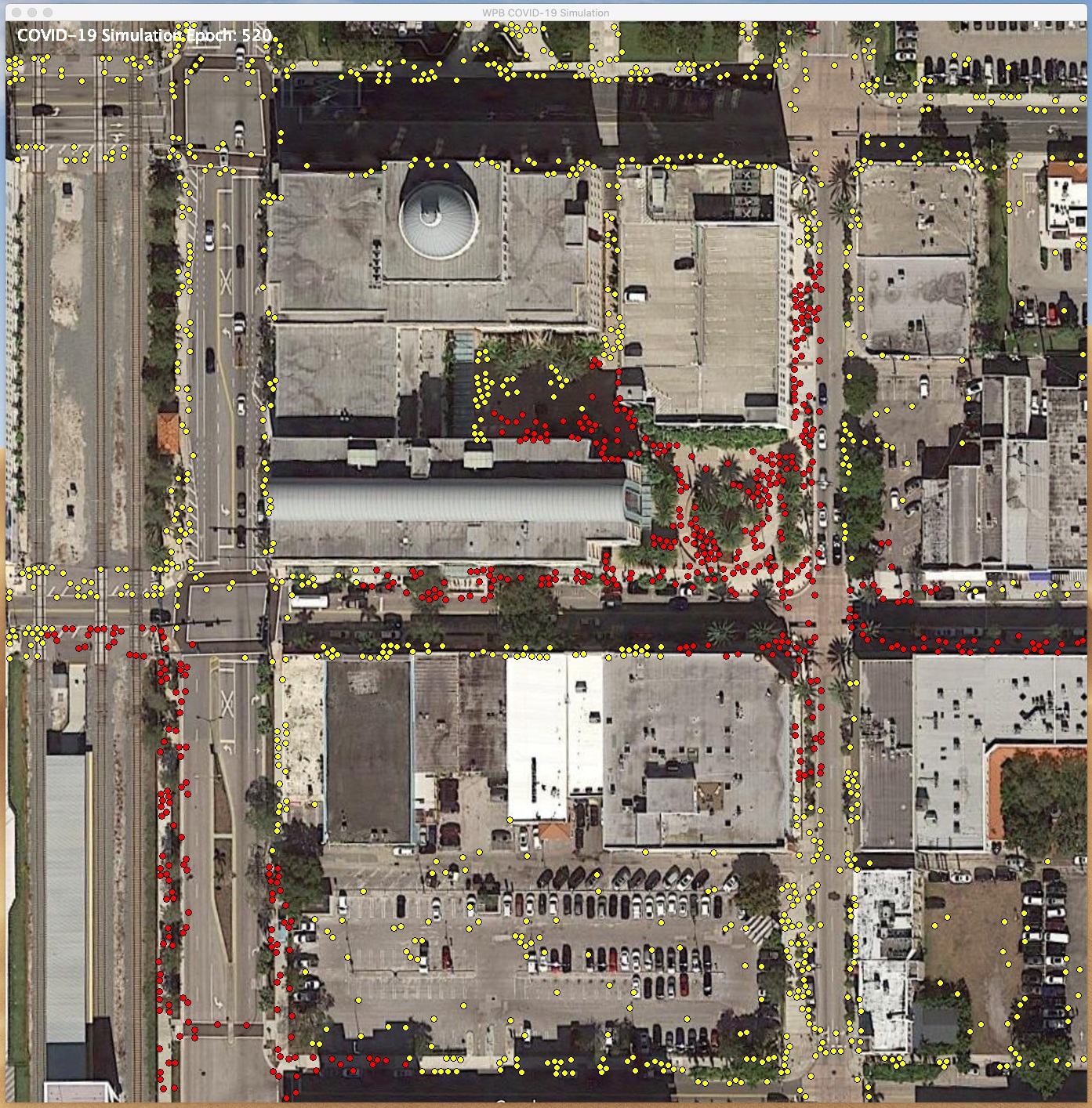
FAU Smart City Project Paves the Way for Forecasting COVID-19 Infection Transmission
Researchers are exploring the untapped potential of emerging smart cities to enable hyper-contextualized computational epidemiology to tackle COVID-19. The idea is to partner with the computational epidemiology community to integrate evidence-based models of COVID-19 transmission with hyper-local mobility data to provide place-specific forecasts of disease transmission. When these tools are integrated into city planning efforts, they will provide real-time insights into how mobility changes within the city affect the local population’s susceptibility to future outbreaks.
Simulating Borehole Ballooning Helps Ensure Safe Drilling of Deep-Water Oil, Gas
A device which simulates borehole ballooning, a detrimental side effect of deep-water drilling operations, is expected to ensure safe and efficient operations. If not prevented, borehole ballooning can lead to irreversible damage and serious drilling accidents, which can result in reservoir pollution and huge economic loss. In Review of Scientific Instruments, researchers present a device that can simulate this dangerous phenomenon in the hopes of preventing it.
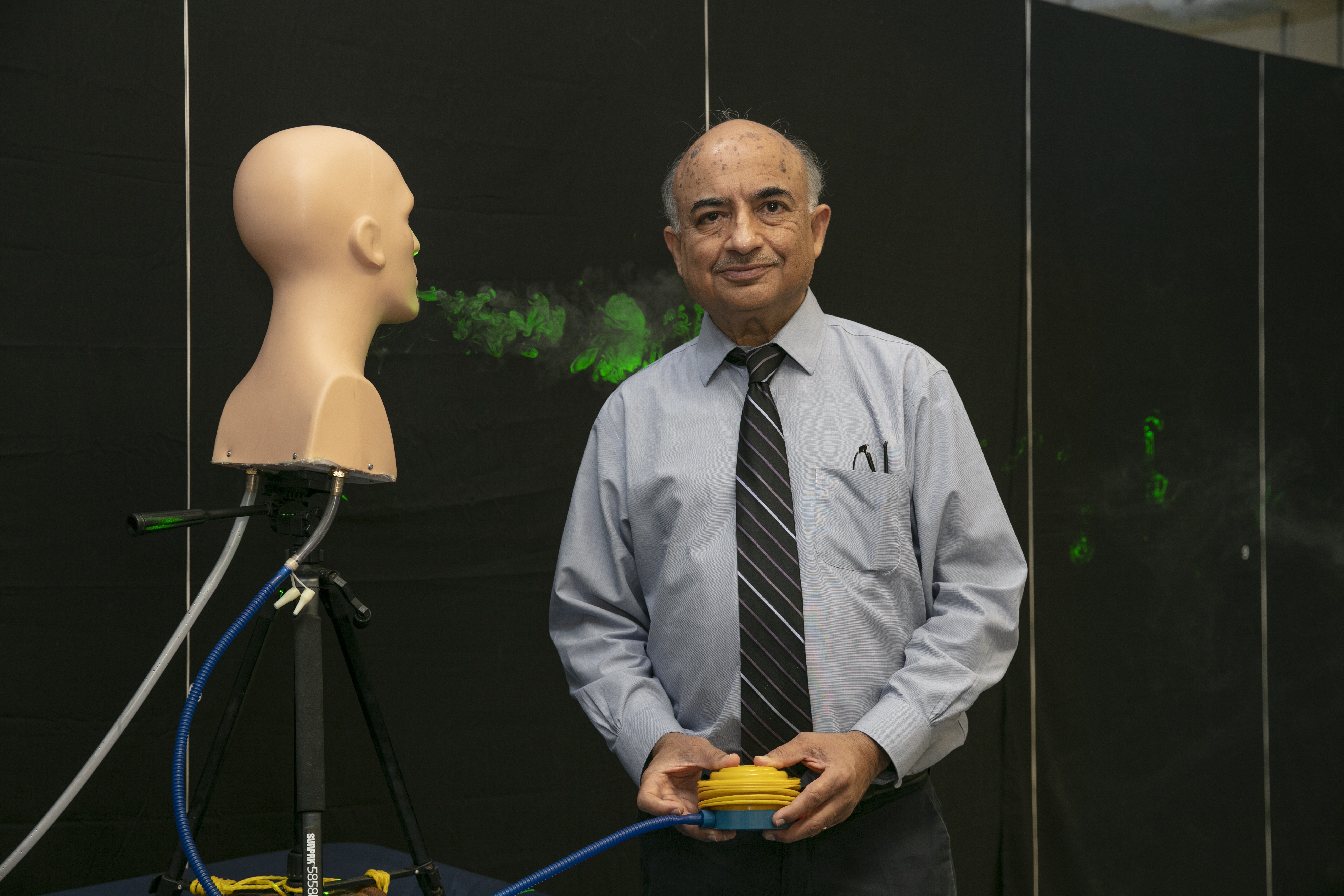
Stay 6 Feet Apart. Mechanically Simulated Cough Reveals That May Not be Enough
A preliminary, flow visualization experiment suggests that staying 6 feet apart may not be sufficient. It only took the particles from the simulated cough a couple of seconds to travel 3 feet; in about 12 seconds it reached 6 feet and in about 41 seconds it reached around 9 feet. For a heavy cough, the particles can even travel up to 12 feet. In addition, a face mask doesn’t stop the particles 100 percent, but it does slow down the cough jets.

Upgrades for LLNL supercomputer from AMD, Penguin Computing aid COVID-19 research
To assist in the COVID-19 research effort, Lawrence Livermore National Laboratory, Penguin Computing and AMD have reached an agreement to upgrade the Lab’s unclassified, Penguin Computing-built Corona high performance computing (HPC) cluster with an in-kind contribution of cutting-edge AMD Instinct™ accelerators, expected to nearly double the peak performance of the machine.
Sulfur ‘Spices’ Alien Atmospheres
They say variety is the spice of life, and now new discoveries from Johns Hopkins researchers suggest that a certain elemental ‘variety’—sulfur—is indeed a ‘spice’ that can perhaps point to signs of life.
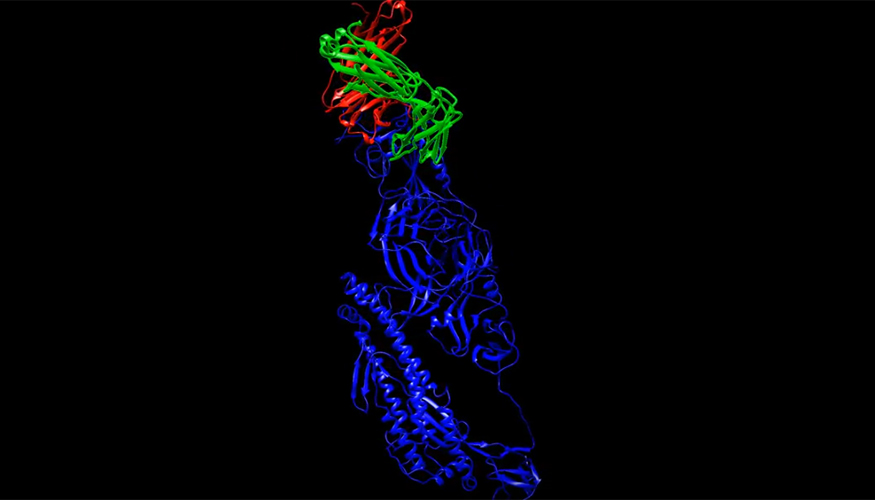
Lab researchers aid COVID-19 response in antibody, anti-viral research
Lawrence Livermore National Laboratory scientists are contributing to the global fight against COVID-19 by combining artificial intelligence/machine learning, bioinformatics and supercomputing to help discover candidates for new antibodies and pharmaceutical drugs to combat the disease.
Education Management Solutions Releases Covid-19 Coronavirus Medical Education Guidelines
Newly released guidelines on the best practices for utilizing telemedicine to support uninterrupted healthcare education and simulation training during academic closures due to Covid-19 Coronavirus

FAU Emergency Medicine Resident Physicians Train for Coronavirus Contagion
With seven reported cases in Florida to-date, FAU emergency medicine resident physicians prepared for the threat of a coronavirus contagion using a simulated or “mock” disaster scenario at FORTS Medical. The simulation involved a cruise ship dock-setting scenario and mock passengers were transported by bus. The passengers stormed into the large warehouse to challenge the resident physicians to react and respond quickly to triage the patients. About 100 people participated in the half-day simulation including local nurses, paramedics, and student and community actors.
Tunnel fire safety
Global risk management experts are calling for fire education initiatives to be included in driver safety programs so that drivers are better prepared for an emergency if faced with it on the roads.

Simulations Attempt to Reconstruct One of the Most Explosive Events in the Universe: A Neutron Star Merger
A team led by scientists that included Berkeley Lab researchers has simulated the formation of a disc of matter, a giant burst of ejected matter, and the startup of energetic jets in the aftermath of a merger by two neutron stars.
Sustaining simulation education requires evidence of effectiveness
Simulation education has evolved significantly over the years and has become essential to preparing nurses for clinical practice, but sustaining its evolution will require greater evidence of its effectiveness, according to a summary of Columbia University School of Nursing’s 2018 inaugural “Innovations in Simulation Summit,” which appears in the October 2019 issue of Clinical Simulation in Nursing.

Supercomputing, neutrons unite to unravel structures of intrinsically disordered protein
Using the Titan supercomputer and the Spallation Neutron Source at the Department of Energy’s Oak Ridge National Laboratory, scientists have created the most accurate 3D model yet of an intrinsically disordered protein, revealing the ensemble of its atomic-level structures.